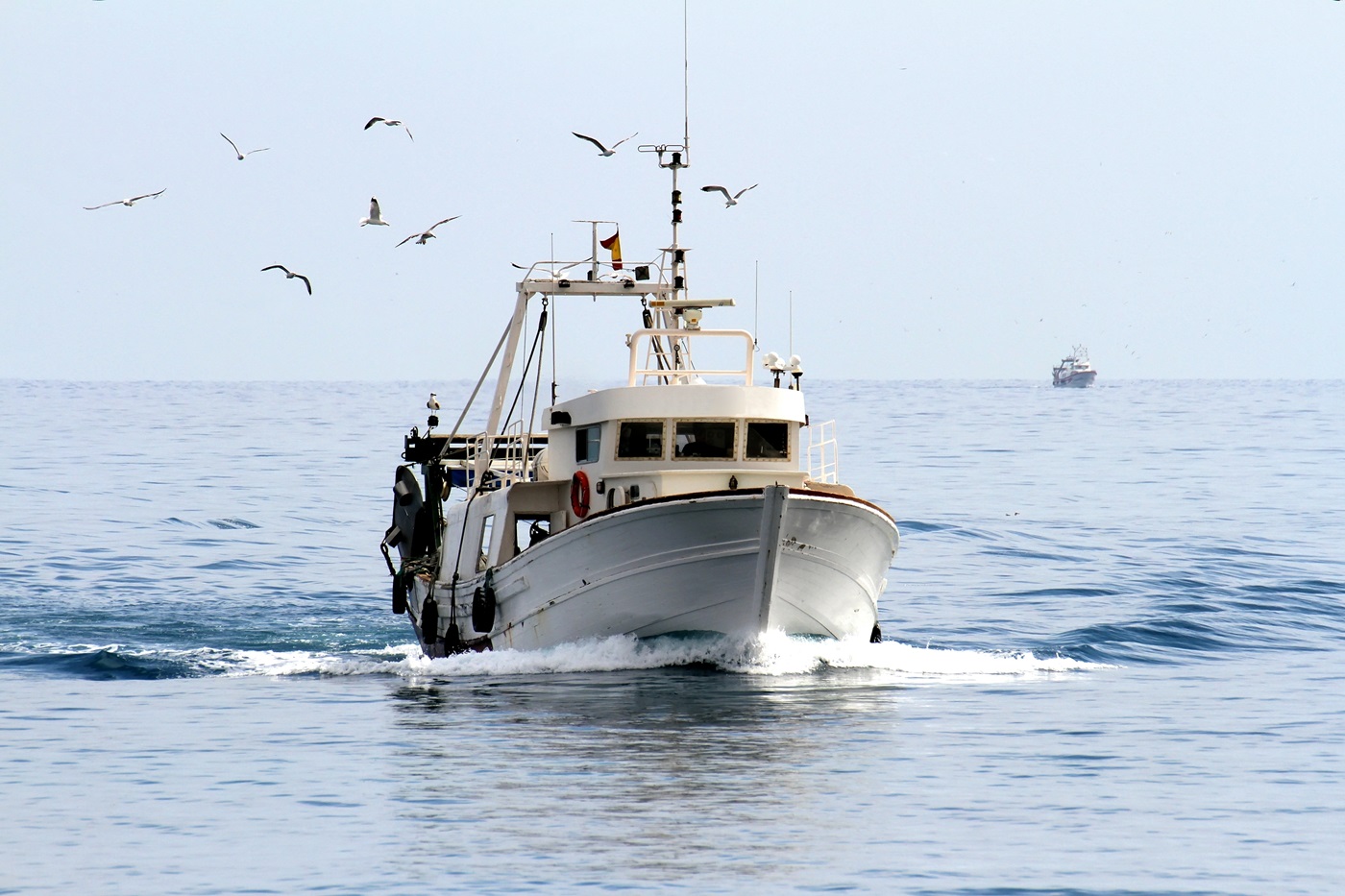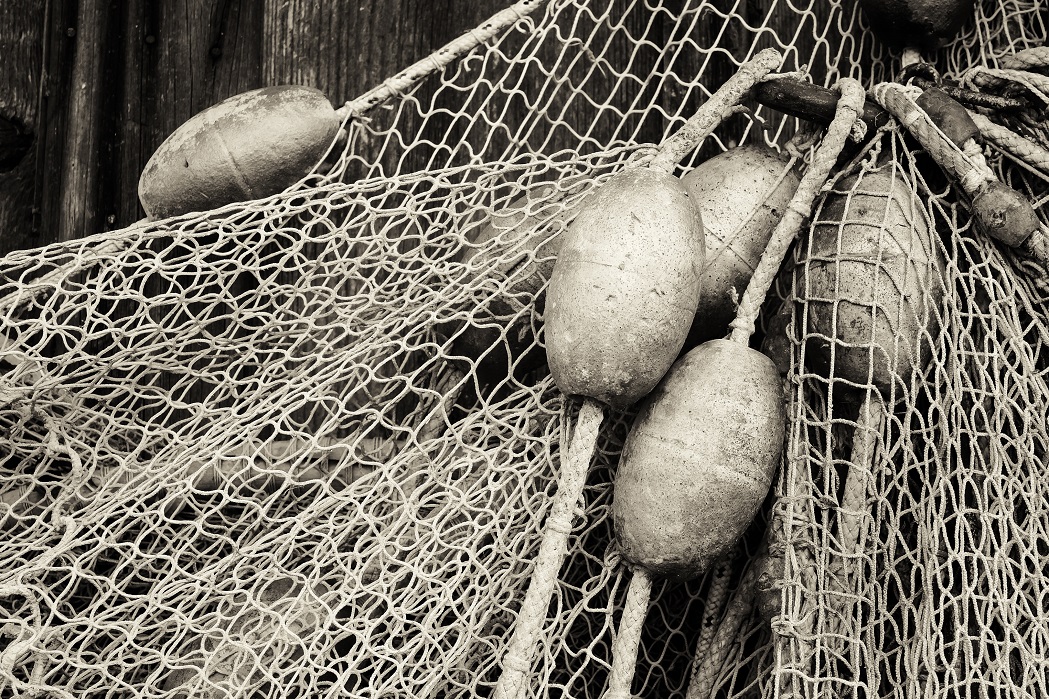Tasmanian fisheries forensics technology set to improve global catch management
With an ever-increasing hunger for seafood globally, finding low-cost but effective ways of monitoring catches has never been more important to ensure sustainability.

First published by University of Tasmania
With an ever-increasing hunger for seafood globally, finding low-cost but effective ways of monitoring catches has never been more important to ensure sustainability.
In 2020, global wild capture fisheries production was estimated at 90.3 million tonnes, valued at $141 billion USD, according to a 2022 report by the Food and Agriculture Organisation (FAO). However, Dr Madeline Green from the University of Tasmania’s Institute for Marine and Antarctic Studies (IMAS) says large data gaps remain in terms of which species are being caught and in what numbers.
Finding ways of ensuring these diverse fisheries remain viable into the future has been reliant on time-consuming monitoring methods, including logbook data, observers aboard trips, patrol vessels, and tagging programs.
Now a new, inexpensive and accurate method that Dr Green has developed could be added to this suite of management and monitoring tools to collect data more efficiently.

The method involves DNA sequencing (or fingerprinting), similar to what is used to forensically solve crimes.
In this new application, samples are taken from the brine water from fishing vessels’ holding tanks, or potentially vessel freezers, to determine what species of fish have been caught.
According to Dr Green, specialised methods were successfully developed to extract DNA from the traces left behind in the brine water, and all but the rarest species that had been in the holding tank were correctly identified.
With new funding from Oceankind, these techniques are being refined, and the technology is being scaled up.
Dr Green says the long-term goal is to roll out the molecular monitoring technology across a whole fishery to enhance data collection, improving knowledge about what is being caught, including illegal catches.
“This enables us to understand who is catching what and how that influences ecosystems,” said Dr Green, who has participated as an observer in international fisheries meetings and seen first-hand the critical need for more data.
“In the Indian Ocean Tuna Fishery for example, 50 per cent of all the sharks taken as bycatch and then sold are not known at a species, genus or family level,” she said. “We don’t know at that large scale what kind of sharks are being caught, so we don’t have a good understanding of how threatened those species really are.”

It is possible that in the future this technique may also be adapted and applied to determining how many fish are being caught, however, Dr Green’s first focus is species identification.
“If we were to resolve species identification for a number of fisheries, we can better understand the impact that fishery is having on an ecosystem and then manage accordingly. You can’t manage what you don’t know,” Dr Green said.

“Lower GDP countries have less capacity for high-tech monitoring. These new methods are quite low tech and cost-effective when compared with buying a patrol boat.”
Dr Green said seeing the early success of identifying species has given her hope. “What we are doing is more than data – our results can be used by policy makers and fisheries managers to improve ecosystem health and fish population management so we have sustainable fisheries for the future.”




